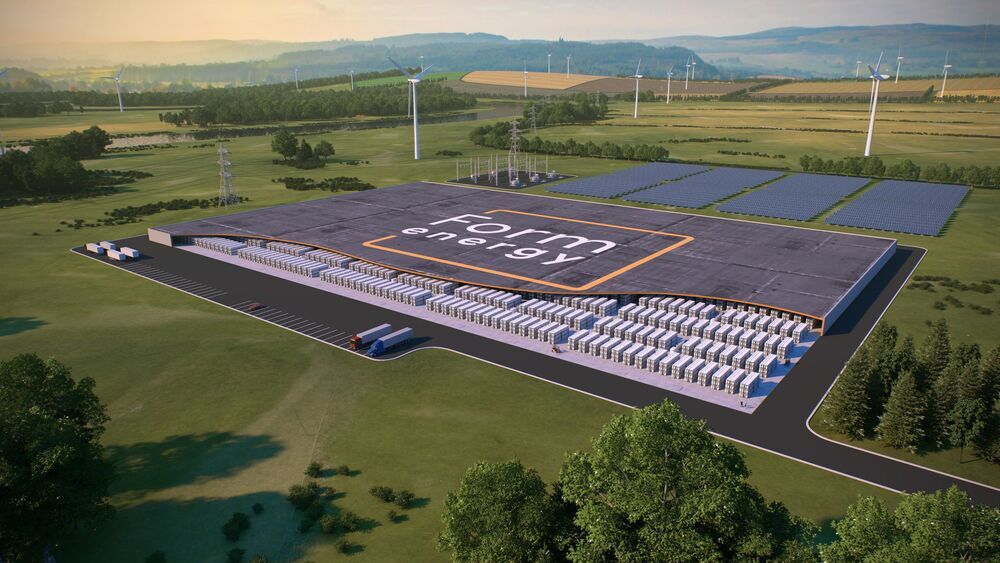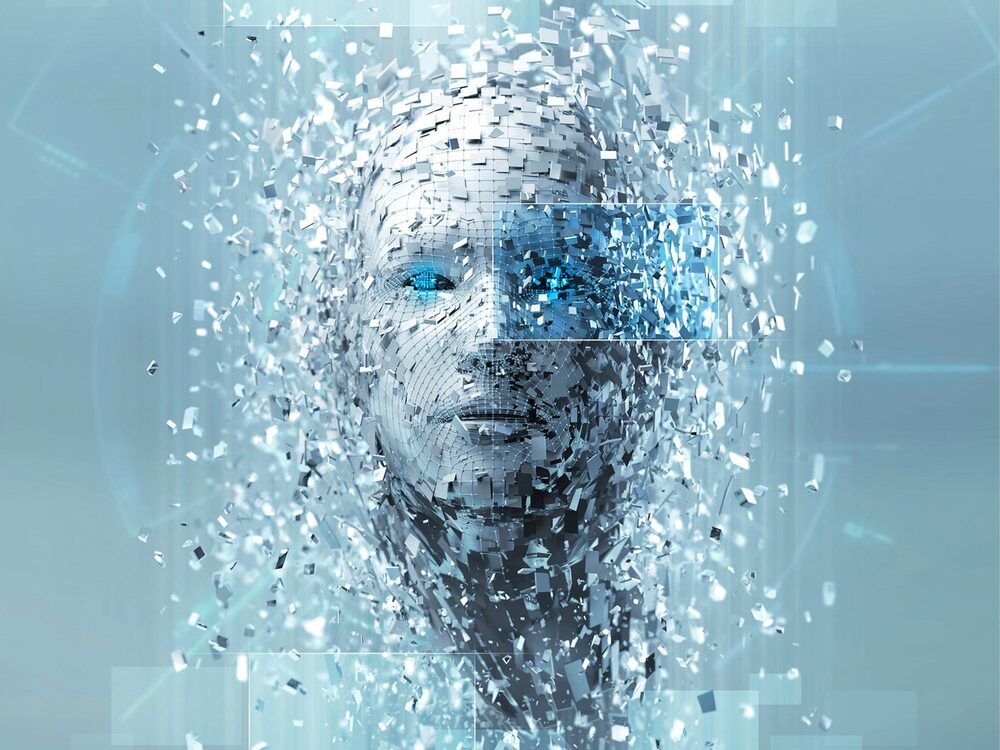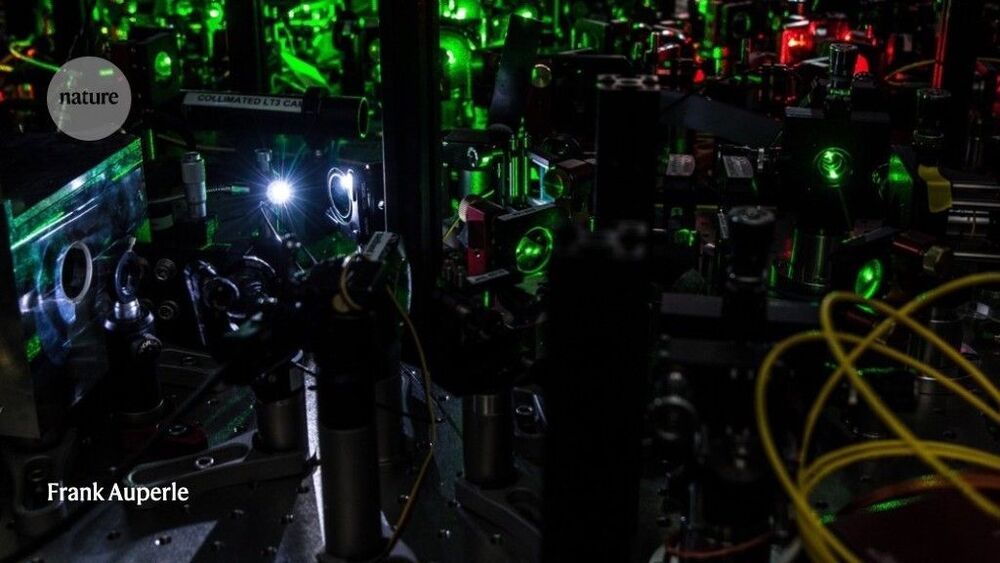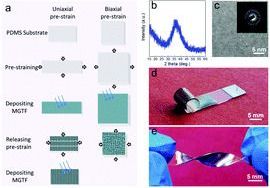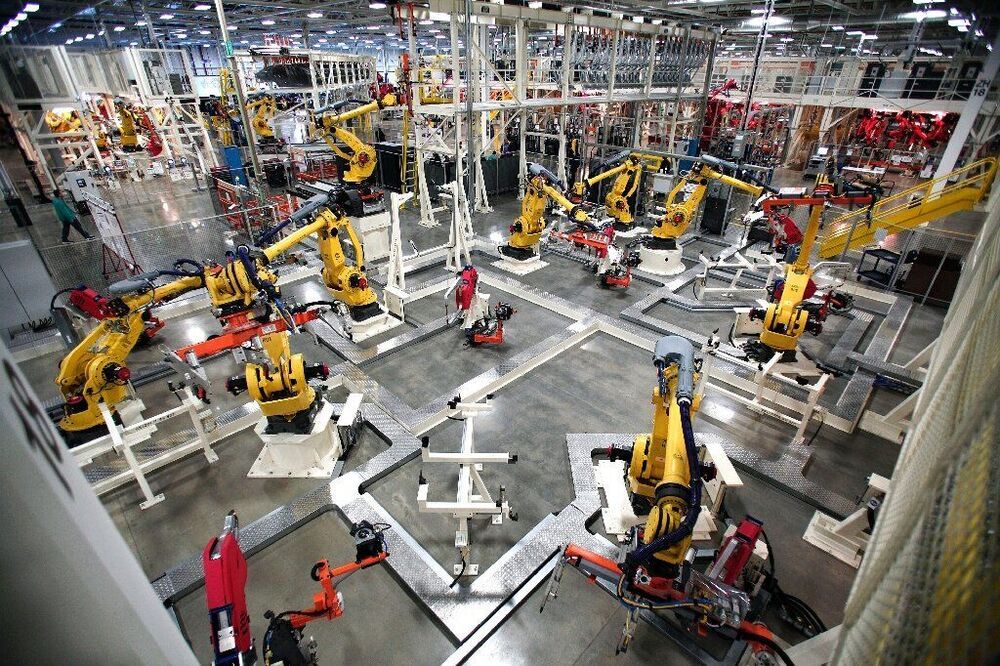Late last year, a French company called Carmat received approval in Europe for its total artificial heart. It’s exactly what it sounds like: a heart made of synthetic and biological materials intended for implantation into people who need heart transplants. Now, just half a year later, the first US patient has received one of the hearts.
The transplant took place last week in a 39-year-old man at Duke University Hospital in North Carolina. The man didn’t go to the hospital expecting to have a heart transplant, but it ended up saving his life.
After experiencing unexpected heart failure, he was diagnosed with advanced coronary artery disease (when plaque builds up in the blood vessels that carry oxygen-rich blood to heart) and went in for bypass surgery (which implants a healthy blood vessel from another part of the body to redirect blood around a blocked artery).
